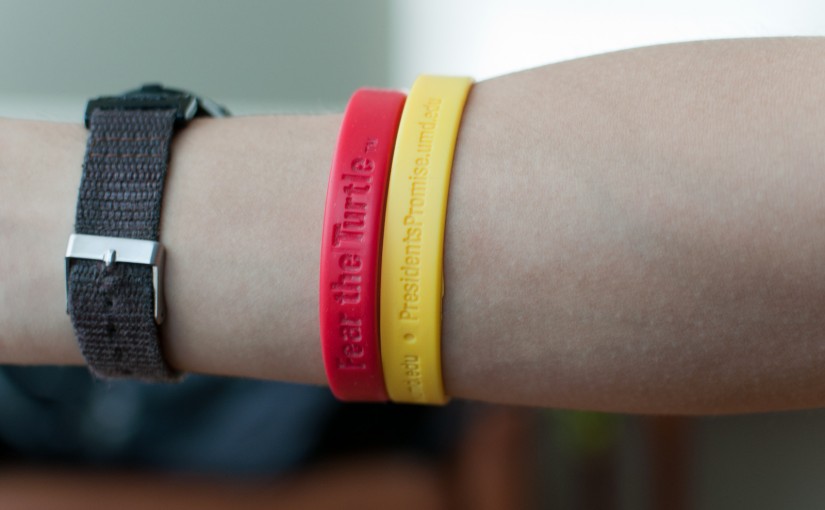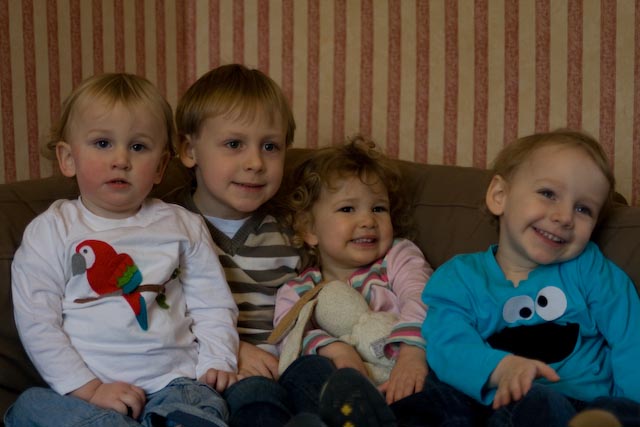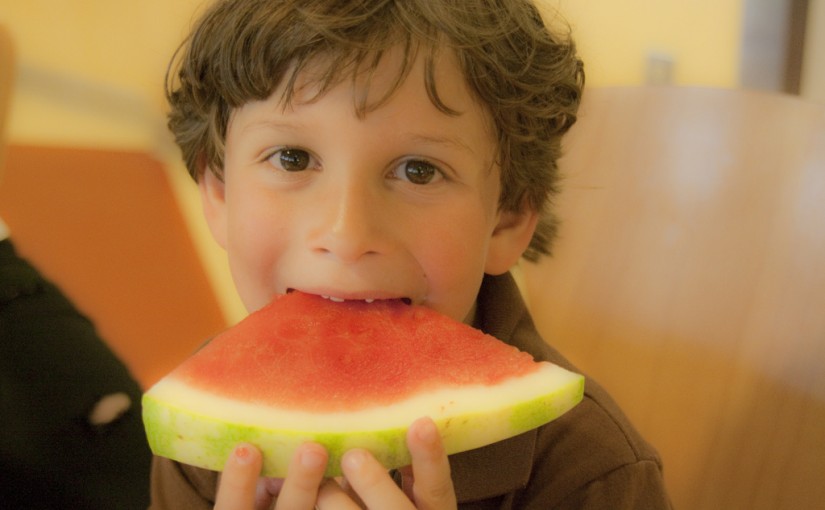Often people underestimate the emotional toll that cancer can have. Being diagnosed with cancer is a life-changing event – no matter which stage you are at.
Dealing with these life changes as well as undergoing treatment and side effects can be just as hard on a person emotionally, as it is physically. From the time you get the diagnosis to the time you finish up with your treatment, cancer can bring about a broad range of feelings – ones that you are often not prepared for. Cancer can be disruptive to almost every facet of a person’s life including relationships, home life and hobbies or interests. Depending on how serious the diagnosis is and what sort of treatment will have to be carried out, it can make you re-evaluate everything in life, from relationships, to working situations, to the future.
During this difficult time, a person may experience a range of different emotions including depression, anxiety, a sense of isolation and even anger. Whether you are currently experiencing these new feelings, or are watching a loved one experience them, it’s important to read on, and realize that these feeling are normal and that everyone deals with their emotions differently.
Feeling Overwhelmed
When someone first learns that they have cancer, they may feel overwhelmed.
They may be overwhelmed by thoughts of their future and whether or not they are going to live, by the changes and disruptions in their normal routines, by the amount of medical information that they are suddenly being exposed to or by the feelings of losing control that they may be experiencing.
Though it can be a lot to take in at first, the best thing to do is to try and organise your thoughts and then begin to understand your condition as best you can. Try to learn as much as possible about your cancer and ask lots of questions at medical appointments. This will help to ensure that you are comfortable talking about your condition and are well informed and able to make decisions about your treatment.
Feeling Angry
It’s completely normal to feel angry about cancer. People who have been diagnosed with cancer often feel anger or resentment toward themselves, their loved ones or even their health care providers. While this type of anger normally surfaces when a person is diagnosed, anger can surface at any time throughout the cancer journey – even after treatment has finished and survivorship has begun.
It is helpful for people experiencing these feelings to know that this anger is a common response to have for someone living with cancer, and is completely natural. When one considers the toll that cancer-related symptoms and treatments can take on the body it is understandable why even these things alone would cause someone to become angry.
While most people associate anger with negative connotations, anger is not necessarily a bad emotion – and sometimes, it is one that people need to feel. If anger is expressed in a healthy way it can be a safe, positive thing to experience and can often motivate people with cancer to overcome the obstacles they are facing.
The best way to cope with feelings of anger is to recognise them – identify anger for what it is and acknowledge that you are struggling with it. Once you have recognised it, it will be easier to identify when you are feeling angry, making you are less likely to confuse your emotions or take anger out on others without realizing it. Once you have identified your feelings, find a safe and healthy way to express it. This might include talking about it, undertaking a physical activity such as kickboxing, beating on a pillow or just having a good yell and cry to release some of your frustrations.
Feeling Stressed or Anxious
Cancer can be one of the most stressful experiences in life – for both the patient and their loved ones. Cancer can put strain on every area of life – from financial to work. It is completely normal to experience feelings of stress or anxiety when you are diagnosed with cancer. Often this results in feelings of tenseness, and can include many symptoms such as an increased heart rate, aches and pains, changes in diet, weakness or dizziness or an inability to sleep.
It is important that these symptoms are not simply overlooked, as stress and anxiety can actually inhibit the body from undertaking its natural healing processes, making your recovery longer. Studies have also shown that chronic stress can be detrimental to the immune system and affect overall wellbeing. If you are concerned about stress or anxiety, consult your doctor and consider the following tips for reducing stress:
- Stay organised. Keep track of your appointments and activities using a day planner or a suitable app. Avoid overbooking yourself and try not to book too many appointments in one day or week. Know your limits and how much energy you have and be sure to prioritise – some things can wait.
- Ask for help. Don’t be afraid to ask your loved ones for help. People will likely offer their support so think about specific tasks they could help with and take them up on the offer.
- Don’t get overwhelmed. If you have large tasks that need to be completed, try breaking them down into smaller, more manageable steps. This might seem silly, but it makes otherwise overwhelming things seem easier to handle. If you need to clean the house, do just one room at a time, and have a break in-between.
- Get on top of your finances. Cancer can hit your wallet hard, so be sure to manage this as soon as possible. Organise any insurances you have and how you will manage the cost of your cancer care before the bills start piling up.
- Try to get some exercise in. When you have the energy, incorporate 30 minutes of exercise into your day. This can lower stress levels and give you time to regularly reflect and clear your head.
- Consider what other support you might need. There are lots of other people going through the same journey so if you are finding yourself feeling stressed or anxious consider joining a support group or talking to a counsellor or social worker.
- Make time each day to do something that relaxes you – this might be reading a book, listening to music or taking a bubble bath. It is important to set this wind-down time aside to destress each day. You may want to consider incorporating some relaxation techniques into your day to lower your stress levels – this might be deep breathing, meditation or yoga.
- Talk to your doctor about medication. If you are finding that your stress levels are becoming out of control, speak to your doctor about whether or not you would benefit from medication. Ensure that your doctor also knows what cancer related medicines and treatments you are taking so that they don’t prescribe a medication that could interact with them.
Feeling Depressed
As well as experiencing anxiety about your cancer, you may also experience sadness or depression. Depression can occur at any stage of your cancer – from the time you receive the news, till after treatment is finished, and is a completely normal response to the onset of any major health problem.
Depression can affect many facets of physical and mental health including energy levels, eating, emotional feelings, mood, concentration, sleeping and can even lead to thoughts about hurting yourself or others. Like stress, depression can lower a person’s quality of life and make it difficult for them to go about daily activities. Though it is common for people to experience depression during or after cancer, it should not go untreated as it can undermine the strength (both emotional and physical) needed to get through the cancer journey.
You will need as much support as you can get from your friends and family, and may also want to consider what other support you may need. Tell your doctor what you are feeling and talk to them about what else might help – whether it is support in a group environment, some medication or other treatment such as counselling. Most importantly – don’t bottle up your feelings. Talk to someone you can trust about how you have been feeling and be open about your struggle.
Feeling Guilty
A common emotion suffered by cancer patients is that of guilt. You may feel guilt over getting cancer and how that has affected your friends and family, you may feel as though you are a burden on those around you or you may be feeling that your lifestyle choices are to blame for your cancer and are experiencing guilt for this reason. You are not alone – many people with cancer have these feelings.
Guilt can be experienced by those with cancer – and by those surrounding them. Often loved ones also experience guilt for many reasons. It is important to express these feelings of blame or regret with those around you. Feelings of guilt can come in many forms:
- Guilt for not having noticed symptoms or seeking medical attention earlier
- Guilt for feeling like a burden to your family
- Guilt over not being able to cope with a normal schedule or workload due to your health
- Guilt over the financial costs of your cancer treatment
- You may even have ‘survivor’s guilt’ which is associated with feelings of guilt related to why you survived your cancer when other’s did not
Whatever the guilt is that you are experiencing, it is important to let go of it. A lot of the guilt that you might experience may be misplaced. Even if the guilt is justified, it is not healthy to dwell on these feelings and it is detrimental to your wellbeing to continue to be drained by them. Try to remember that cancer is nobody’s fault. There is a lot about cancer that even doctors and scientists are yet to fully understand so let go of any mistakes you think you have made and focus on what’s ahead.
Express Yourself!
The most important thing to do is speak up! Research has proven that those who express their feelings are able to let go of them more than those who choose to bottle them up. If you are comfortable, the best people to talk to are family and friends. If this is not possible, then talk to another survivor, a counsellor or consider joining a support group. Here are some last minute tips to keeping your chin up during this turbulent time in your life:
- Stay Positive. Easier said than done, but making a conscious effort to be hopeful and positive can help. Try and redirect your energy to focusing on what lies ahead and getting well.
- Accept Bad Days. You will have your bad days, and sometimes you need to just put your pyjamas back on and wallow. This is okay – if you can’t be positive and life is just getting you down then just declare it a ‘cancer day’ and crawl back into bed. People will understand.
- Be Open About Your Cancer. It can be difficult for many people to talk about your cancer so talk about it , if you are comfortable doing so. People will want to support you but may not always know how to. Make them, and yourself, more at ease by discussing it and being open about what you are going through.
- Control What You Can. Cancer can make you feel like you’ve lost control of everything. Take some of that control back by being actively involved in your health care, keeping yourself informed, setting and keeping your appointments and making changes in your life that will help you to manage while you are having treatment. These little things will not only help you to manage your care better, but will also give you back your sense of control over your life.
Just remember: there will be good days, and bad days. Try to let the good ones be more frequent than the bad and focus on what you can control and what is good in your life: family and friends.









